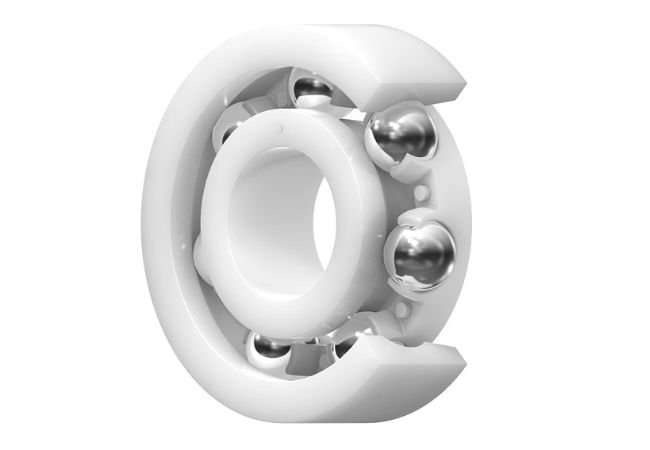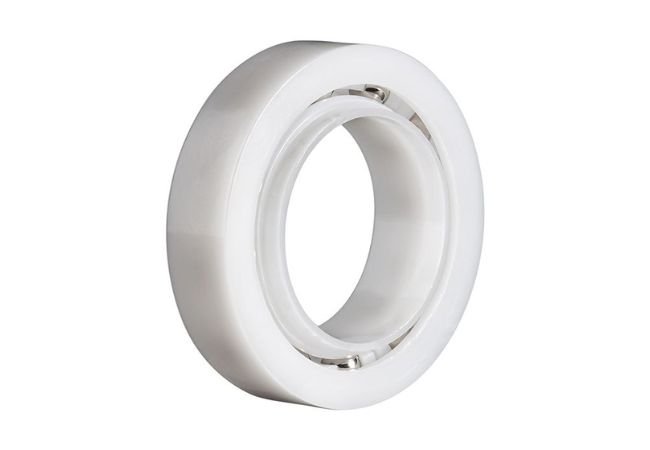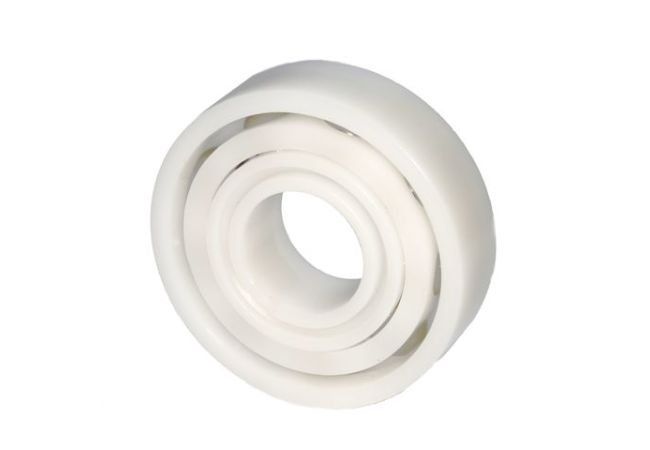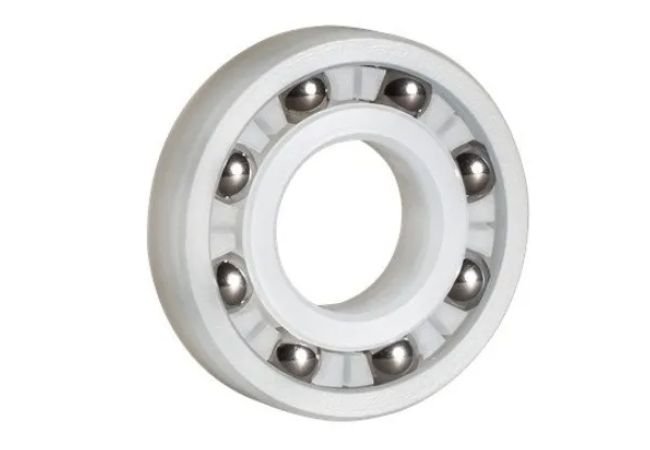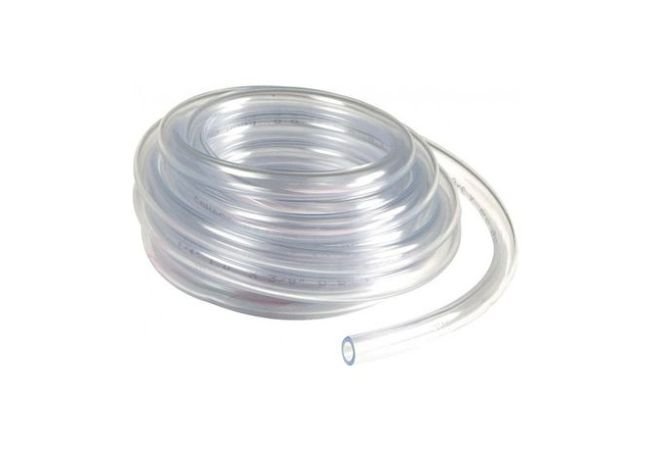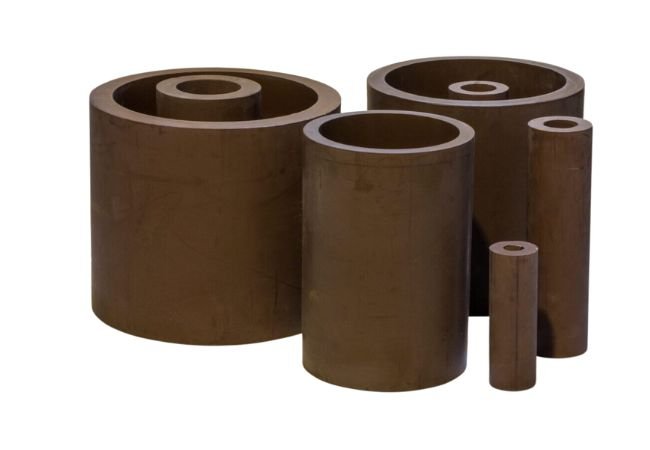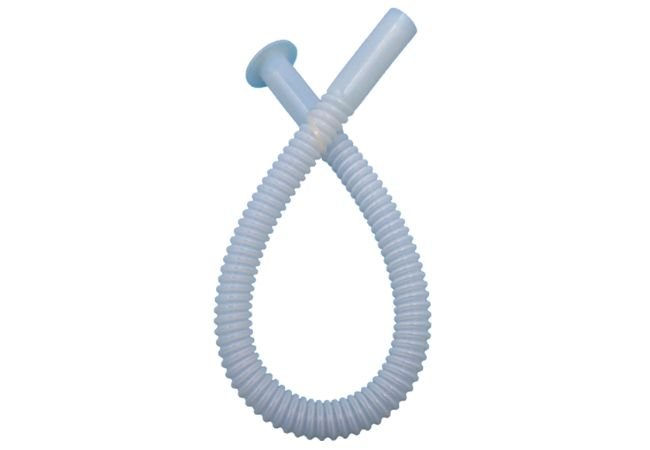PTFE Bearing
PTFE bearing or Teflon bearing transmits vertical loads and accommodates rotation by transforming an elastic disc that is squeezed and housed inside the steel cylinder. The elastomer has strong vertical rigidity but minimal deformation resistance when subjected to triaxle pressure.
Standard construction for PTFE bearings includes a steel or bronze backing. The backing is covered with a layer of sintered bronze.
This layer has a body-lubricating, free-of-lead sliding surface made of PTFE. The bronze intermediary layer ensures efficient heat dissipation while forming a strong link connecting the sliding surface and the backing.
Applications of PTFE Bearing
For applications requiring strong loads and moderate speeds, PTFE bearings are perfect. The following is where PFTE bearings are used:
Consumer Electronics
The low friction and self-lubricating qualities of PTFE bearings make them popular for consumer electronics, including scanners, printers and copiers.
Hydraulics
Because they can endure high temperatures and are chemical-resistant, PTFE bearings are utilized in hydraulic applications like valves and pumps.
Elevators
Due to their longevity and capacity to support enormous loads, PTFE bearings are employed in elevator applications such as guide rails and door hinges.
Textile Machines
Because of their low coefficient of friction coefficients and susceptibility to wear and tear, PTFE bearings are utilized in textile machinery, including looms and spinning machines.
Butterfly Valves
PTFE bearings are frequently employed in butterfly valves because of their chemical resistance and capacity to withstand high temperatures.
Properties of PTFE Bearing
- Resistant to chemical
- Low friction coefficient
- It’s highly self-lubricating
- Can work in a wide temperature range
Benefits of PTFE Bearing
The main benefits of PTFE-bearing material are:
- Maintenance-free
- Self-lubricated
- Has a superior load capacity
- Maximum operating temperature of 250 °C
- Very little bearing on the play
- Low frictional resistance
To improve the lead bearing capacity, you may add fillers in PTFE to make carbon filled PTFE bearing, steel backed PTFE line sleeve bearing, just to mention a few.
The PTFE bearing design requirements determined the efficient configurations. For example, there are applications that will require PTFE sleeve bearing, while others PTFE slide bearing.
Furthermore, there are the PTFE bush bearing, which works well in all motions. Others may include PTFE thrust bearing, and PTFE spherical bearing.

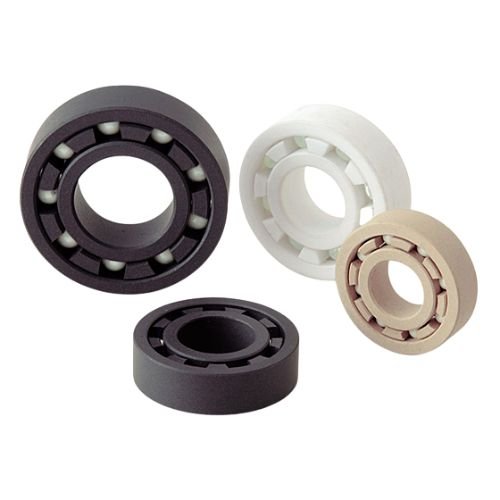
Limitations of PTFE Bearings
Low Thermal Conductivity
Due to PTFE’s low thermal conductivity, which acts as an insulator and blocks heat transfer from the bearing’s outermost layer into the liner, the liner is kept cool.
Although the maximum operating temperature of the PTFE is high, even a small increase in oil temperature may cause a reduction in the oil’s viscosity and film thickness, and a significant increase can significantly shorten the life of the bearing.
High Coefficient of Thermal Expansion
If the PTFE layer is sufficiently thick, the high coefficient of thermal expansion may cause the clearance between the shaft and the bearing to shift considerably. Thereby, impairing bearing performance and even resulting in quick failure.




